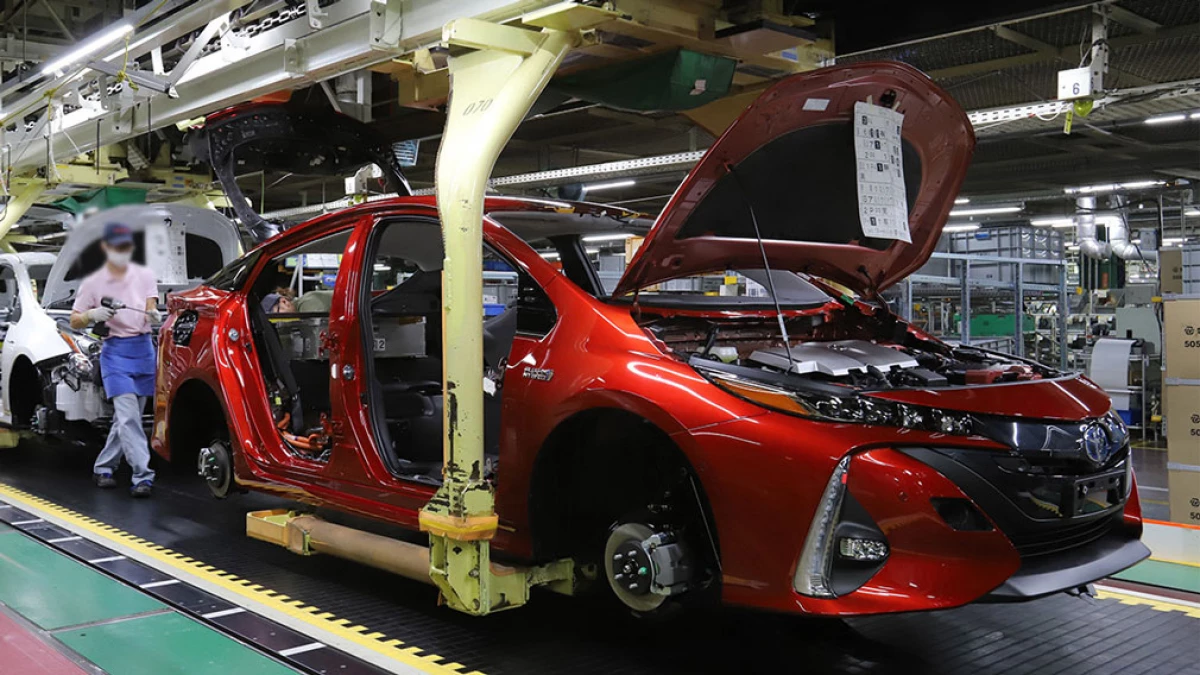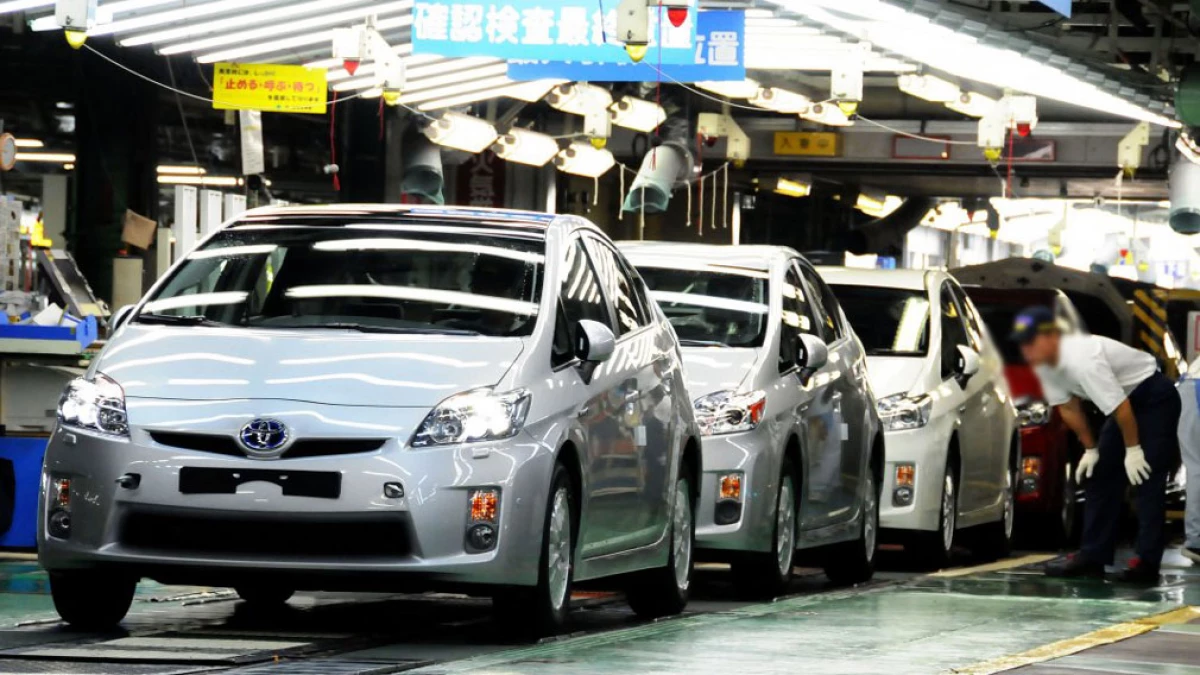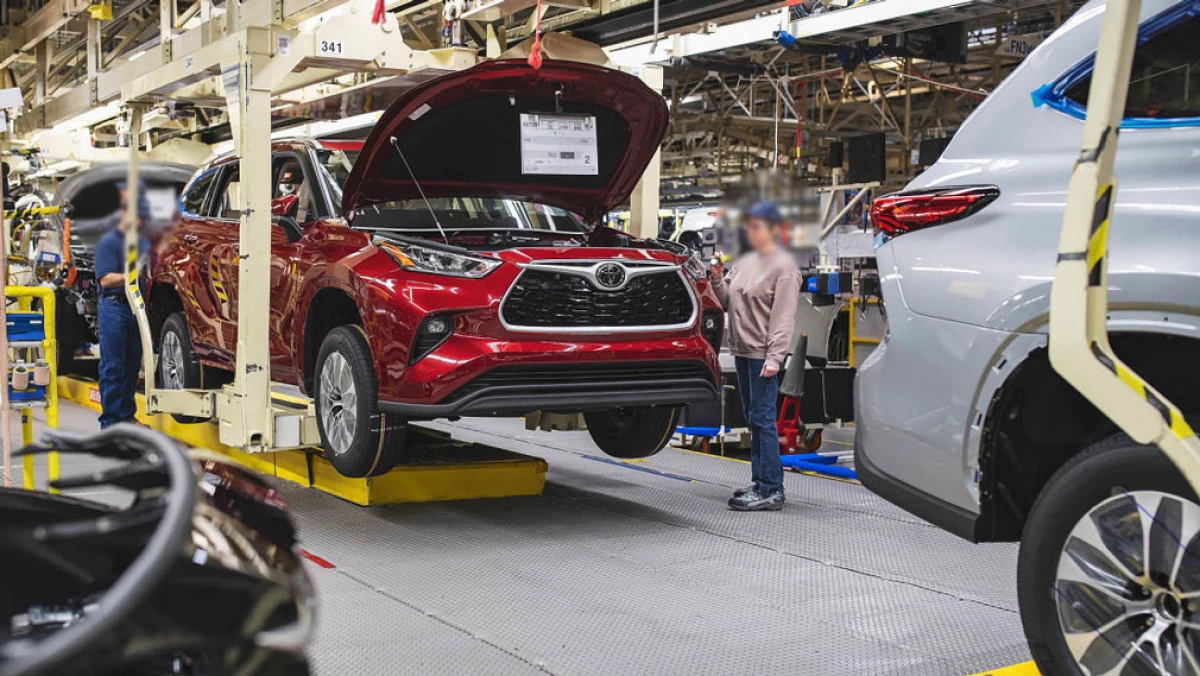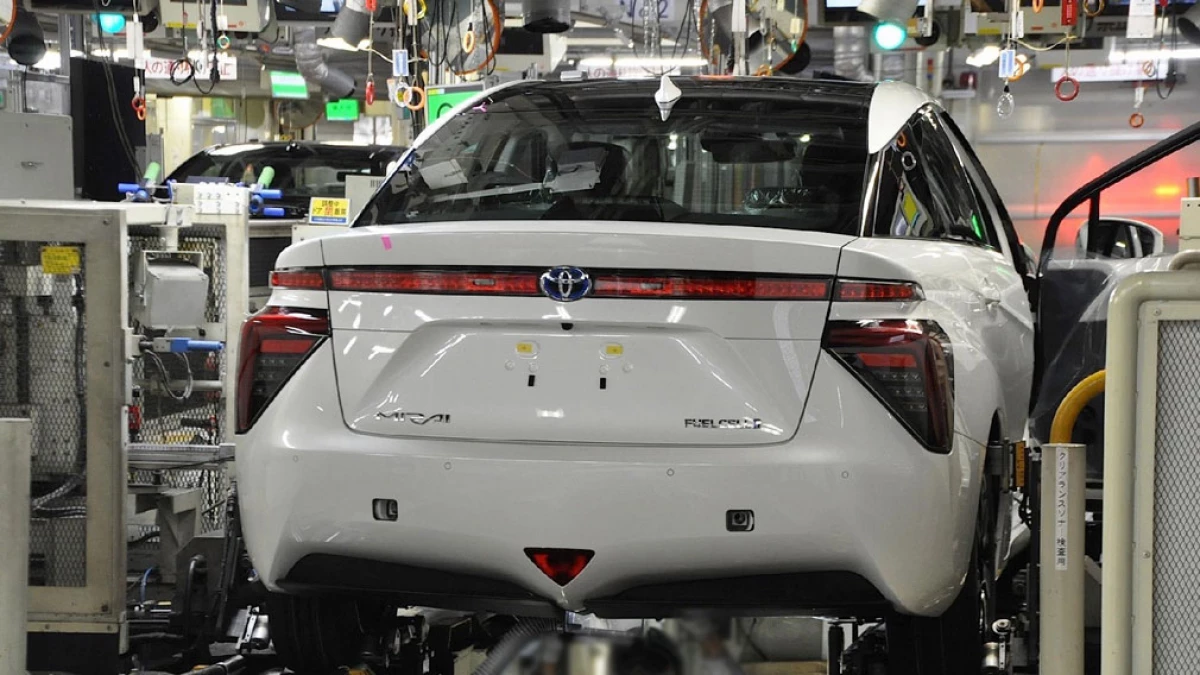Automobile companies around the world are no longer affected by coronavirus, but from the shortage of microchips: suppliers reduced their release in 2020 against the background of falling demand, and now against the background of growth in demand for cars can not increase the pace of their production, writes the portal Drom.ru.

Volkswagen, General Motors, Ford, Honda and Stellantis (Union Fiat-Chrysler and PSA) were forced to reduce the production of cars because of this problem. But Toyota Motor did not even notice the crisis. Several sources close to the Japanese company told Reuters to the Agency, as she succeeds.
The Toyota approach is to draw conclusions from past failures. And although it concerns any business, especially such a large, however, it is the Japanese company that makes the right analysis. The reasons for the current success lie in the production crisis of 2011, when after the earthquake and the tsunami that followed him occurred at the Fukushima-1 nuclear power plant. Then many enterprises in Japan were injured, the supply chains were broken. It took half a year so that Toyota came to himself and enlarged the release until the previous level.

In 2011, after the Toyota crisis, I developed a business continuity plan, according to him, all counterparties are obliged to create a stock of microchips and other receptacles to the rhythm production of components for a period of two to six months: depending on the time that passes from order before delivery. In this case, even if the manufacturer of any product fails, already stored in the warehouse of components, for the period of its recovery or search for alternative suppliers.
"As far as we can judge, Toyota is the only automaker who has everything you need to solve the problem of shortage of chips," said the source familiar with Harman International, specializing in car audio systems, displays and technologies to help the driver.

Now, especially deficient chips are microcontrollers used in the steering system, brakes, ignition, rain sensors and many other blocks, without which the car is impossible. At the same time, they are not the most advanced: they are released on the process from 28 to 40 nanometers. For comparison, in modern processors for PCs and smartphones, accuracy of up to 7 nm is applied (the smaller, the more difficult and more expensive). This means that such chips are inexpensive in the manufacture, besides, they do not compromise so rapidly. Accordingly, they can be easily stored in a warehouse for half a year.
The second cause of the insight to Toyota is its deep immersion into technical processes. If other companies simply order ready-made components from suppliers and do not delve into the details, then the Japanese company is thoroughly student.
Moreover, a lot of Toyota electronic nomenclature produces itself. Back in 1989, she built a semiconductor plant. In the 90s, he needed to create microcontrollers to control the transmission of the first Toyota Prius hybrid.

Toyota developed and produced their own chips for three decades, until in 2019, the factory was in confidential administration of the subsidiary DENSO.
Recall, a failure with chips is caused by the fact that the automotive industry is restored faster than expected, so the number of components calculated earlier is not enough. At the same time, for leading manufacturers of chips from Asia autocompany in the chain, there are lower than the brands of electronics like Apple and HP, so no one seeks to rewrite the production calendar. Also, the situation was influenced by a large fire, which happened in October at the Asahi Kasei Microdevices (AKM) chip factory in the south of Japan, which ultimately led to the breakdowns of semiconductors.
